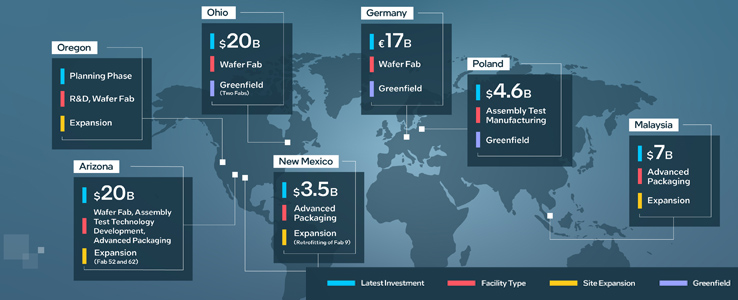How old are these statistics? For 2023 Nvidia's R&D/revenue ratio looks like ~27%.In terms of percentage of revenue spent on R&D, Intel's $16.52 billion R&D spending is the second highest among the top 11 semiconductor companies by R&D spending. At such 31.25% high level, Intel doesn't really have any room to spend more on R&D unless it can increase its revenue much faster and bigger. Intel needs new killer products/services to increase revenue quickly but new products and services also require more R&D. Then it goes to the Chickens or the Eggs dilemma.
View attachment 1540
In US$ Billion
TTM = Trailing 12-month
Sorted by R&D Expense
NVDA | NVIDIA Corp. Annual Income Statement - WSJ
NVIDIA Corp. annual income statement. View NVDA financial statements in full, including balance sheets and ratios.
I think the more interesting question is: how close to TSMC's ~9% R&D expense IFS can get and when? In theory, if you have a lot of fab volume the geographic differentials in R&D costs should have a relatively minimal effect, because the R&D impacts CAPEX amounts that are much larger. Chip design companies have low CAPEX compared to companies with fabs (almost any non-fab company in any industry does).


